Reverse osmosis (RO) is a water purification technology that uses pressure to force water molecules through a semi-permeable membrane, trapping contaminants in the process. This technology can be used to purify drinking water, wastewater, and seawater for various industrial applications. Reverse osmosis has several stages that must be followed for it to be effective.
What Can Reverse Osmosis Remove From Drinking Water?
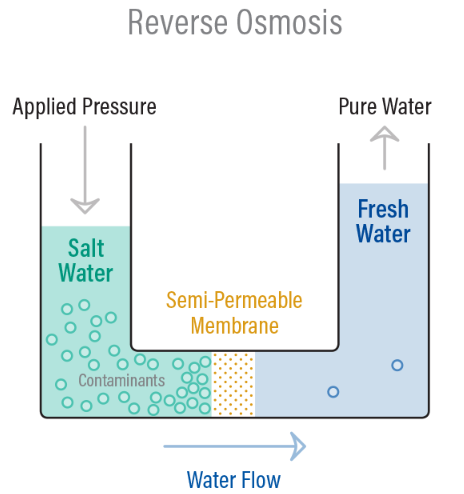
Reverse osmosis is one of the most efficient methods for removing contaminants from drinking water. The process of reverse osmosis involves passing contaminated water through a semi-permeable membrane under pressure, which allows only pure water to pass through while rejecting the impurities. This process can remove anything larger than a water molecule, including bacteria and other contaminants. It can also remove minerals such as calcium, magnesium, sodium, chloride, lead and various heavy metals. Reverse osmosis can even reduce the presence of pesticides, fertilizers and other chemical pollutants. In addition to providing clean drinking water, reverse osmosis systems are often used for industrial applications such as desalination.
Why Are There Multiple Stages To A Reverse Osmosis Drinking Water System?

Reverse osmosis is a process of purifying water by passing it through one or more semi-permeable membranes. The various stages in the reverse osmosis system help ensure that contaminants are properly filtered from the water before it is made available for drinking.
What Are The Stages Of Reverse Osmosis?
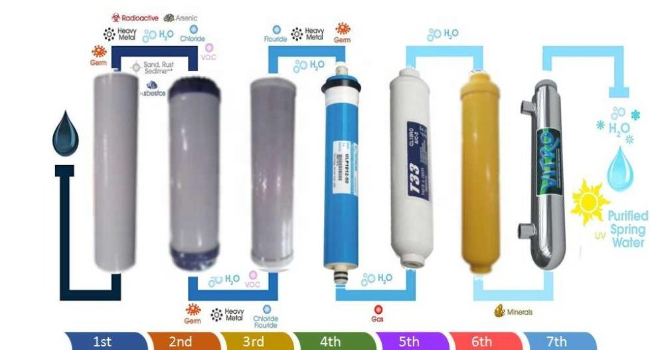
Stages of 3 stage RO:
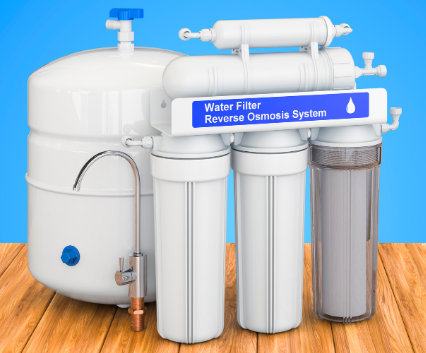
RO is a process of purifying water to remove contaminants, bacteria and other impurities. The three stages in this type of RO are pre-treatment, reverse osmosis membrane filtration and post-treatment.
- The Carbon Pre-Filter/ Sediment Pre-Filter: The purpose of this filter is to remove chlorine, odors and sediment.
- The RO Membrane: The RO membrane is the heart of the reverse osmosis system and removes dissolved solids, such as chromium, arsenic, lead, nitrates and sulfates, from the water.
- The Post-Filter: The post-filter polishes off any remaining taste and odor issues by removing sediment particles for a final filtration stage.
Stages of 5 Stages RO

- Polypropylene Sediment filter: The first stage in the reverse osmosis process is a polypropylene sediment filter, which helps to remove any particles or dirt from the water that may block the other filters.
- Carbon Water filter: A carbon water filter is used to remove chlorine and other contaminants from tap water. This filter is usually the first stage of a reverse osmosis system, as it removes chemicals which can damage an RO membrane.
- 1 Micron Polypropylene Water Filter: This filter is used to remove dirt and particulates as small as 1 micron in size.
- Osmotic Membrane: The osmotic membrane is the heart of a reverse osmosis (RO) system. It acts as an extremely fine filter to remove impurities and contaminants from water. This membrane has microscopic pores that are small enough to allow only water molecules to pass through, while rejecting dissolved salts and other harmful substances.
- Carbon Water Post-filter: This stage helps to remove odor and taste from the water, as well as organic compounds. The filter is composed of activated carbon or charcoal.
6th Stage of RO
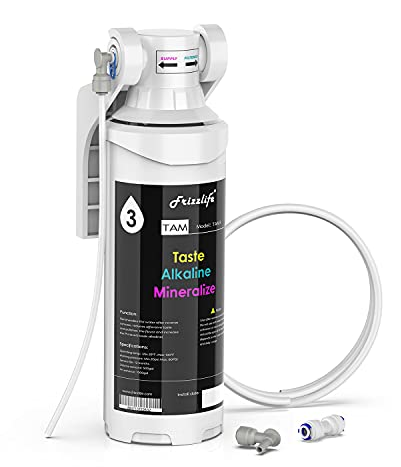
Alkaline Remineralization filter : This stage reintroduces beneficial minerals such as calcium, magnesium and others to the water. It restores the taste of the water by making it more alkaline. The alkalinity helps neutralize acidity in our blood, thus providing better overall health benefits.
7th stage reverse osmosis
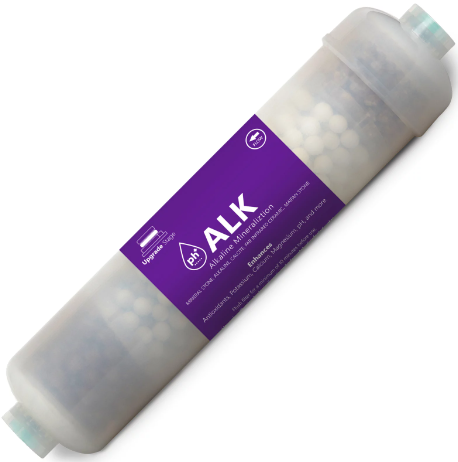
Alkaline Ph Filter: This final stage of reverse osmosis adds alkalinity to the tap water and helps to restore natural minerals that were originally present in the source water. It also adds needed buffering capacity for pH stability. In addition, this filter can remove undesirable tastes, colors, odors and chlorine from the water.
Other Stages Found On Larger Reverse Osmosis Systems
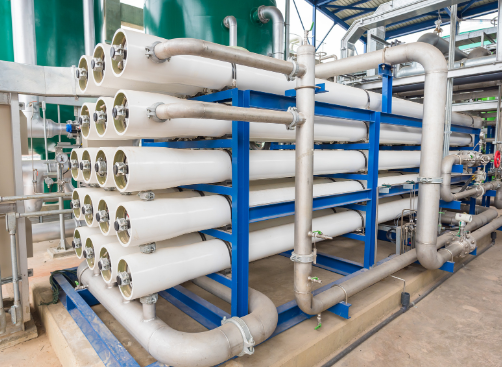
They are the storage tank, booster pump, and flow restrictor. The storage tank is used to store the purified water until it is needed for use. The booster pump increases the pressure of the feed water entering the membrane elements so that they can properly function. Finally, a flow restrictor is used to control the speed at which water flows through the system and allows for efficient membrane element operation.
The final stage of the reverse osmosis process is post-treatment. This typically consists of adding minerals back into the purified water to restore its taste and balance out its pH levels. Depending on the quality of feed water, one or more additional treatments may also be necessary to ensure that the water is safe for consumption.
Can You Have Too Many Stages On A Reverse Osmosis System?
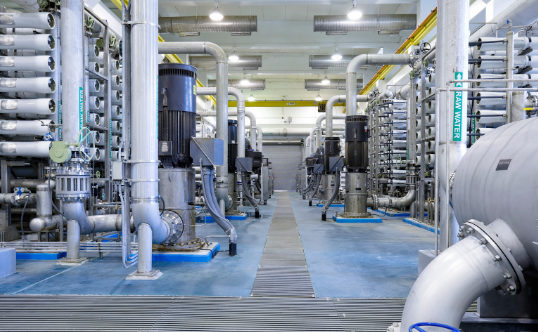
Yes, having too many stages can be counterintuitive because it slows down the process and significantly increases water pressure levels, requiring more electricity. Generally speaking, for household use a three-stage or four-stage system is recommended as this will meet most needs.
When Should You Replace The RO Membrane And Filters?
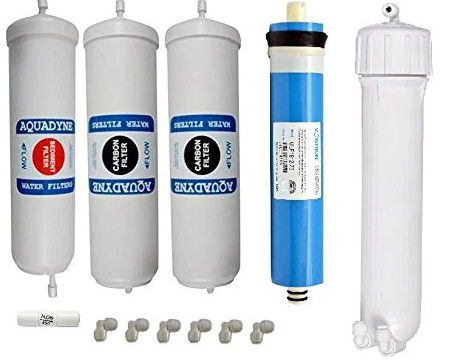
When contaminants start to build up on the RO membrane, the effectiveness of reverse osmosis decreases. Generally, it is recommended that a reverse osmosis system be serviced and maintained every 6 months to 1 year in order to ensure optimal performance and removal efficiency. The filters should also be changed at least once per year, but this can vary depending on the quality of the source water. If the filter becomes damaged or worn, it should be replaced immediately to ensure that the reverse osmosis system is working properly. Additionally, any parts of the RO system that come into contact with water should be regularly inspected for signs of wear or damage. Regular inspection and maintenance will extend the life of the reverse osmosis system and help ensure that it is capable of removing impurities from your water.
How To Maintain RO System?
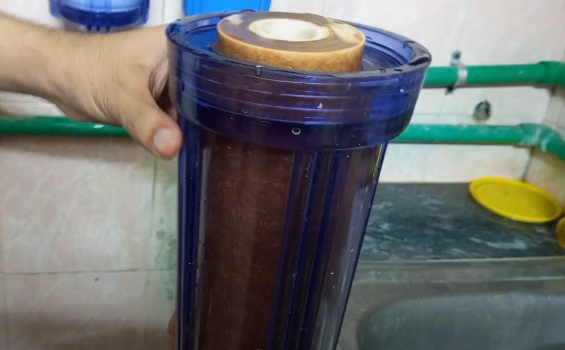
Step 1: Change the filter cartridges on a regular basis as recommended by the manufacturer.

Step 2: Test for total dissolved solids (TDS) with a TDS meter to ensure that the membrane is not becoming clogged with contaminants.

Step 3: Check the pressure gauge to make sure it matches the manufacturer’s specifications, and take corrective action if necessary.

Step 4: Clean the membrane by flushing it with a cleaning solution recommended by the manufacturer, or replace it when needed.
Step 5: Replace the pre-filter and post-filter cartridges as directed by the manufacturer to keep performance optimized.
Step 6: Monitor for leaks or corrosion on a regular basis, and consult professional help if necessary.

Step 7: Clean the outer surfaces of the RO system to prevent dirt buildup and other contaminants from entering the membranes or filters.
Step 8: Inspect tubing, hoses, and other components for signs of deterioration or leakage.
Step 9: Check all connection points between components on a regular basis to ensure they are secure and properly sealed.
Step 10: Ensure that the storage tank is full of water for optimal performance and change it if necessary.
FAQs
Is a 100-gallon per day system better than a 50?
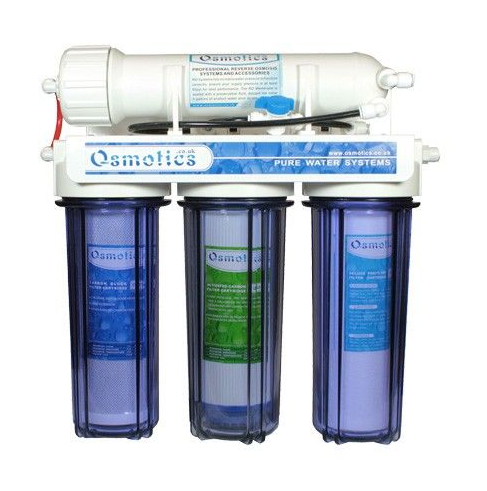
The amount of water production that is needed will determine which system size is best for you. Generally, the larger the reverse osmosis system, the more efficient it will be. A 100-gallon-per-day (GPD) system may provide more consistent and higher-quality water output than a smaller 50-GPD unit. Additionally, a larger system will be more capable of handling a higher flow rate if needed.
How many RO stages do I need for municipal water?
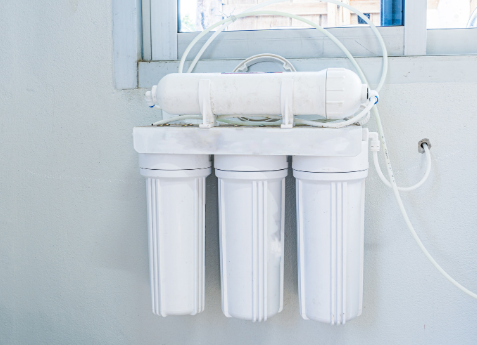
The number of stages you need for municipal water typically depends on the levels of impurities present in your source water. Generally, two or three-stage reverse osmosis systems are sufficient for the treatment of most tap waters.
Does RO remove essential minerals from drinking water?
Reverse osmosis is capable of filtering out most minerals, though there are a few essential minerals that will not be filtered out. These include calcium and magnesium, which provide the body with important health benefits. Additionally, some RO systems may include an additional filtration stage to remove certain heavy metals from the water supply. With proper filtration systems in place, reverse osmosis can be an effective way to remove many contaminants from drinking water while allowing essential minerals to remain.
Why are RO filters so popular?
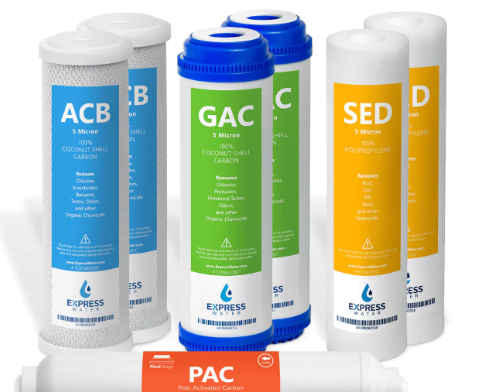
Reverse osmosis (RO) systems are one of the most popular water treatment strategies due to their efficiency and effectiveness. RO systems not only remove contaminants but also help reduce unwanted odor and taste issues. Additionally, they maintain proper mineral balance in the water, making it healthier to drink.
Conclusion
Reverse osmosis is a useful process that can be used to purify water and other liquids. It involves several stages, including pre-treatment, filtration, membrane separation, post-treatment, and disinfection. The process of reverse osmosis removes impurities as well as bacteria, viruses, salts, and other molecules. Reverse osmosis can be used to help supply water for drinking, commercial, and industrial applications. It is also cost-effective and uses less energy than other water purification methods. While reverse osmosis requires ongoing maintenance, it is an efficient way to ensure that the water you are consuming is clean and pure.

Meet Nigel Pearson, a water filter enthusiast with a background in molecular biology. He’s all about making sure we have safe drinking water, and he’s got a bunch of interests that tie into it – think science, technology, plants, and genetics.
Imagine someone who loves learning how living things work on a tiny level – that’s Nigel. He’s studied how genes and molecules come together to make life happen. But what really caught his attention is how living things adapt to their surroundings.
Nigel didn’t stop at just learning about this stuff – he decided to use his smarts to help solve a big problem: how to get clean drinking water for everyone. He writes cool blog posts that explain tricky science things in simple words. You’ll get to read about stuff like how plants can help clean water, or how new inventions are changing the way we purify water.
But it’s not just about science and tech for Nigel. He truly cares about people and their need for safe water. Every blog post he writes shows how much he wants to make a difference. By sharing his knowledge, she wants to get more people thinking and caring about clean drinking water.
